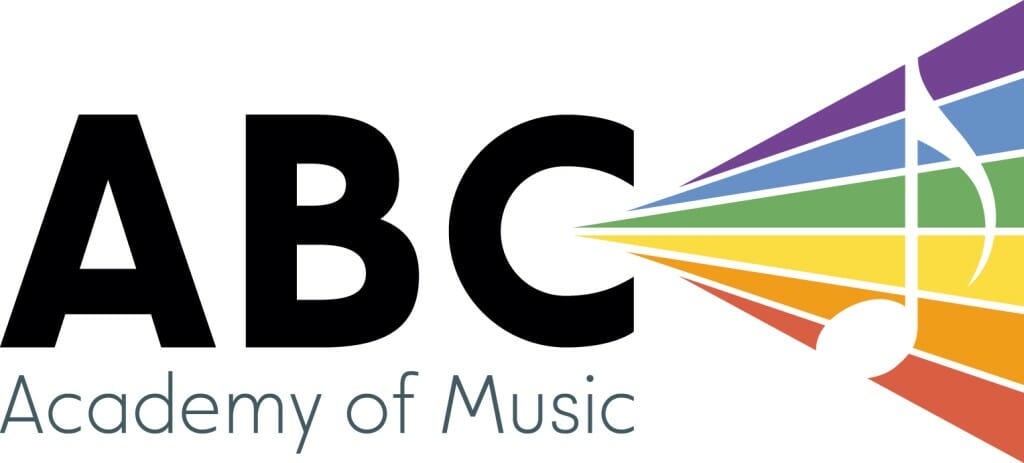Hi everyone,
Here are your practice assignments for this week:
Aidan
Recommended minutes to practice: 20-30 minutes per day
What to practice: Beats #1-10 on the sheet that I gave you.
How to practice it most effectively: For beats #1-6, focus on developing speed in your right hand while maintaining the accents. Start slow and then gradually speed up until you start to feel even a hint of tension. Avoid the tension, but see how fast you can play the beat (consistently) without feeling tension. The accents will help with this as they help to keep your arm loose. For beats #7-10, focus on just playing the rhythm accurately and repeating the beat at least 4 times in a row consistently.
How parents can support practice: Encouraging your child to practice regularly and helping them develop a routine is the best way to be supportive.
Will
Recommended minutes to practice: 15-20 minutes per day
What to practice: The Verse beat and Chorus beat from “Can’t Stop” as well as the transition between the two.
How to practice it most effectively: Focus first on the Chorus beat because it is not yet as consistent as the Verse beat. Once you can comfortably play the Chorus beat at the same speed as the Verse, then practice the transition between them. Play the verse beat once followed by the chorus beat once without stopping in between. Then try playing each twice in a row while still maintaining a smooth transition.
How parents can support practice: Encouraging your child to practice regularly and helping them develop a routine is the best way to be supportive.
Oscar
Recommended minutes to practice: 20-30 minutes per day
What to practice: The main beat from “Cold Sweat” by James Brown with the open hi-hat notes added.
How to practice it most effectively: Focus on making sure the hi-hat is open before you hit it. If you open it after you hit it, then you won’t get a nice open “splashy” sound. You want to be able to get that sound consistently each time the beat calls for an open hi hat, and then close it directly on the next beat. Listen to the song a few times to get the sound of the beat in your head.
How parents can support practice: Encouraging your child to practice regularly and helping them develop a routine is the best way to be supportive.
Nate
Recommended minutes to practice: 20-30 minutes per day
What to practice: Up to and including the second Chorus in “Californication” by the Chili Peppers
How to practice it most effectively: Focus on nailing down the Prechorus and Chorus beats. In the Prechorus, remember the extra bass drum note that is added before the snare drum shot on 2. Similarly, in the Chorus, remember the bass drum note that comes before the snare note on beat 3 of the third bar. This is right before the three crashes in a row. See if you can play the whole thing along with the recording with smooth transitions and without losing count.
How parents can support practice: Encouraging your child to practice regularly and helping them develop a routine is the best way to be supportive.
Alexy
Recommended minutes to practice: 15-20 minutes per day
What to practice: The new beats and fill from “Ride” by 21 Pilots
How to practice it most effectively: Work on playing the main beat slowly while counting out loud. Don’t worry yet about playing it fast. Just make sure that you can play it consistently without adding or subtracting from the rhythm. Also, practice playing the fill slowly and transitioning from the fill into the beat. Ideally, the fill should end with a crash on beat one which kicks off the main beat of the song.
How parents can support practice: Encouraging your child to practice regularly and helping them develop a routine is the best way to be supportive.
Daniel
Recommended minutes to practice: 20-30 minutes per day
What to practice: Lesson #4 from the xylophone ragtime book, particularly the fifth ragtime exercise.
How to practice it most effectively: First work on learning all the notes and the harmonic progression across the 16 bars. Be aware of the patterns in rhythm and harmony. Then, once you are familiar with the notes, try playing the exercise faster. See how fast you can play while still maintaining accurate notes and rhythms and also keeping your double stops together. If you can, try to play the whole exercises from memory.
